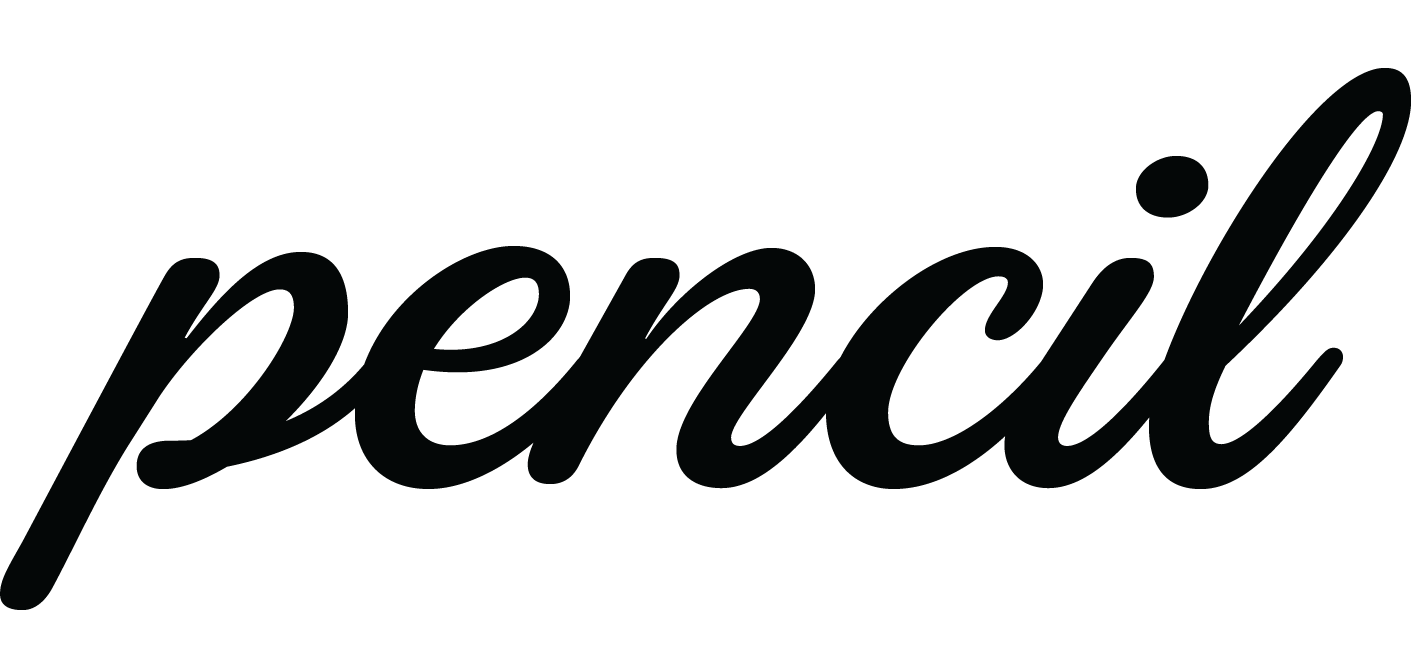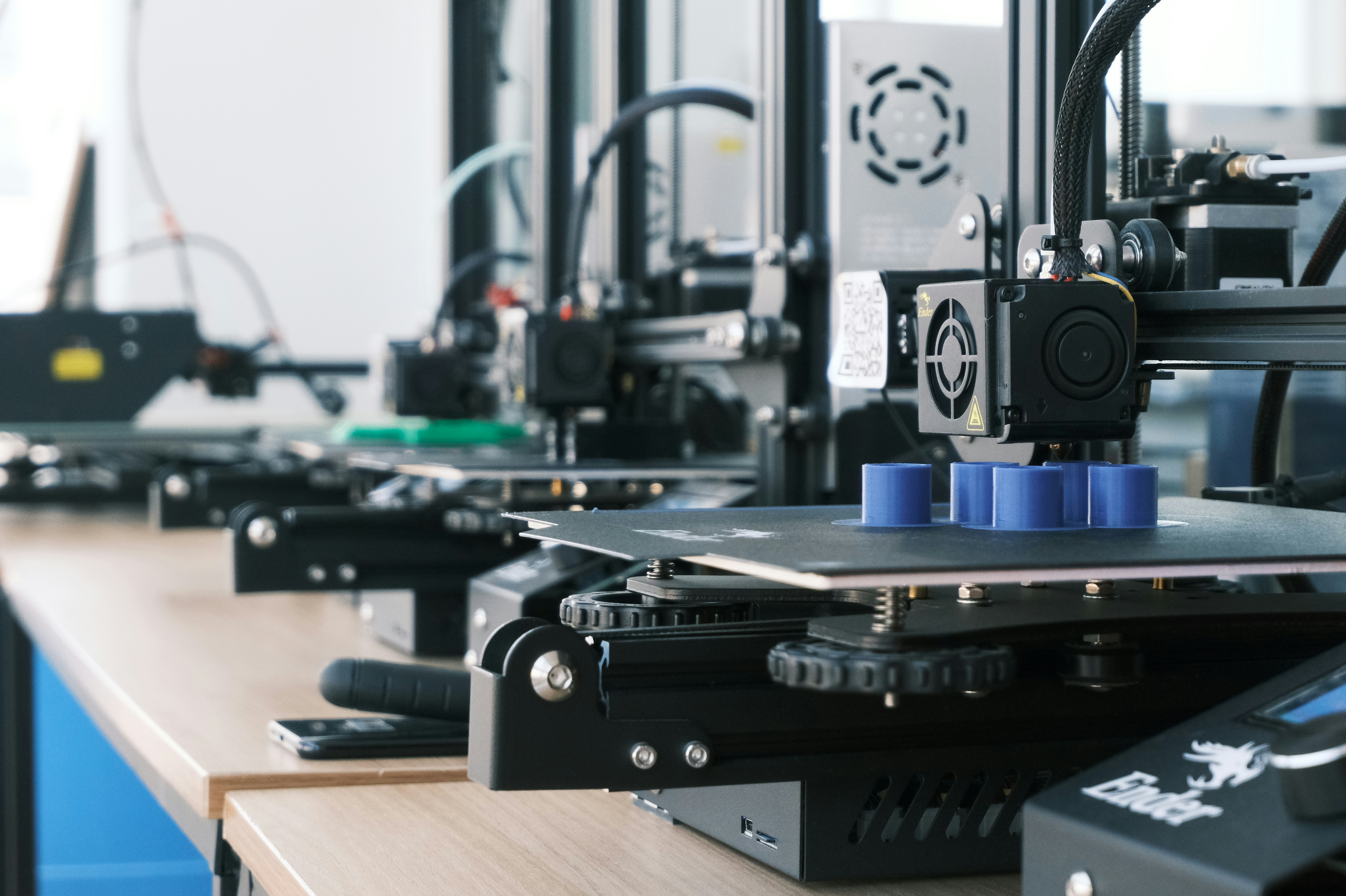The Revolution in Jewelry Design and 3D Printing
The jewelry industry has undergone a remarkable transformation over the past decade, with 3D printed jewelry technology emerging as perhaps the most significant advancement since the introduction of CAD software.
What was once a niche manufacturing method reserved for industrial prototyping has evolved into an essential tool that’s reshaping how designers conceive, develop, and produce 3D printed jewelry collections.
For independent designers and established brands alike, a using 3D printing for jewelry provides several revolutionary advantages:
- Precision Beyond Human Capability
Modern 3D jewelry printers can achieve tolerances measured in microns, allowing for consistently perfect symmetry and detail work that would challenge even master craftspeople. This precision enables designs with repeating patterns, exact measurements, and perfect symmetry previously difficult to achieve by hand. - Design Freedom and Complexity
3D printing for jewelry supports structures that would be impossible to create through traditional fabrication—internal lattices, nested components, and organic forms derived from mathematical algorithms can now be realized in physical form. - Rapid Prototyping for Iteration`
Perhaps most transformative is the ability to quickly move from concept to physical sample. With a 3D printer for jewelry design, designers can produce multiple iterations of a piece in days rather than weeks, testing proportions, wearability, and aesthetic appeal through tangible models before committing to precious materials. - Material Efficiency
Traditional jewelry fabrication typically wastes significant amounts of material through cutting and filing. In contrast, 3D printed jewelry techniques use only the material needed for the final piece and its supports, resulting in sustainable practices that reduce both environmental impact and production costs. - Democratization of Production
Advanced techniques once requiring specialized equipment and years of training are now accessible to emerging designers through affordable 3D printers for jewelry. This democratization has led to an explosion of innovation and unique aesthetic expressions in contemporary jewelry.
3D printed jewelry creation typically follows several paths:
Direct Printing for Production: Creating final pieces directly in specialized resins or printable metals with a high-quality jewelry 3D printer
Model Creation for Casting: Using a wax 3D printer to create detailed models for traditional lost-wax casting
Hybrid Approaches: Combining 3D printed jewelry components with handcrafted elements and stone setting
Designing for 3D Printing Success in Jewelry Making
When designing for jewelry industry applications, specific technical considerations significantly impact print success:
- Wall thickness requirements must be carefully managed to ensure structural integrity.
- Support structures need strategic placement for intricate geometries.
- Print orientation affects both surface quality and structural strength.
Choosing the Right 3D Printing Technology for Jewelry
Different technologies offer varying benefits for 3D printed jewelry making:
SLA (Stereolithography) provides high-detail, smooth finishes ideal for intricate jewelry prototypes. The precision of this technology makes it particularly suited for designs with fine features and complex geometries, making it the best 3D printer for jewelry prototyping.
DLP (Digital Light Processing) offers excellent speed while maintaining the detail needed for jewelry 3D printing.
Your technology choice should align with your project phase:
Prototyping benefits from SLA’s detail and smooth finish
Production models require 3D printed jewelry wax or castable resins compatible with casting processes
Prototyping and Iterating Your Designs
3D printing jewelry transforms the prototyping workflow:
- Test proportions, structure, and visual appeal before committing to expensive materials|
- Gather client feedback on tangible models rather than digital renders
- Reduce development time and costs through rapid iteration
Real-world application: A jewelry designer can quickly evaluate multiple size variations and structural elements, refining a pendant design through progressive prototypes before final production.
Moving From Prototype to Production
Two primary pathways connect 3D printed jewelry prototypes to finished jewelry:
Traditional Casting Workflow with a 3D Printer Jewelry Wax System
- Print designs using Castable Wax Resin
- Create investment mold around the print
- Burn out the resin during casting
- Cast with precious metals using traditional methods
Direct Resin Production
- Print final pieces in specialty jewelry resins
- Apply finishing techniques
- Add findings and components as needed
Creating Specialized Jewelry Products
The versatility of 3D printing jewelry extends to various practical applications:
- Design a custom 3D printed jewelry organizer to display your collections
- Develop 3D printed jewelry molds for replication in traditional materials
Understanding Costs and ROI for 3D Printed Jewelry
3D printing provides measurable financial benefits for jewelry design:
Cost Efficiencies
- Reduced material waste through precise additive manufacturing
- Faster design-to-production timelines cutting development costs
- Lower prototype costs enabling more design iterations
Long-term Benefits
- Custom design capabilities creating higher-value products
- Faster market response to emerging trends
- Lower inventory requirements through on-demand production
For designers without equipment, a 3D printed jewelry service like Makelab providers offers access to professional-grade results without the upfront investment in buying a jewelry 3D printer.
From Concept to Final Piece
The streamlined workflow combines digital design with physical production:
- Design: Create your model using 3D jewelry software like Pencil’s intuitive tools
- Material Selection: Choose the appropriate resin for your purpose
- Prototyping: Print and refine your design through iteration
- Production: Transition to casting or direct resin printing
- Finishing: Polish, assemble, and prepare the final jewelry piece

